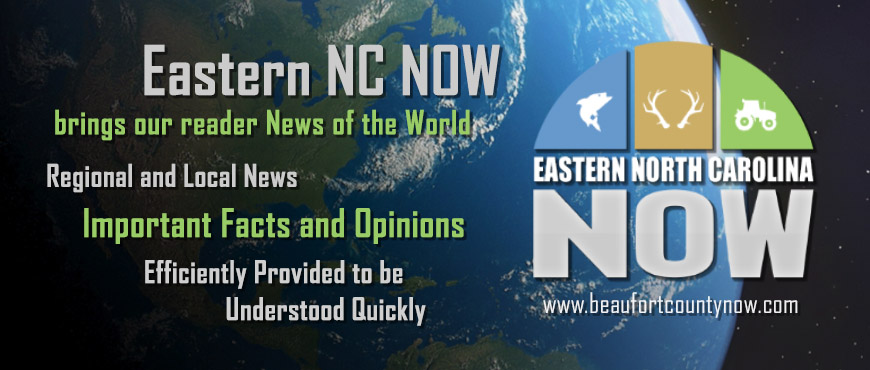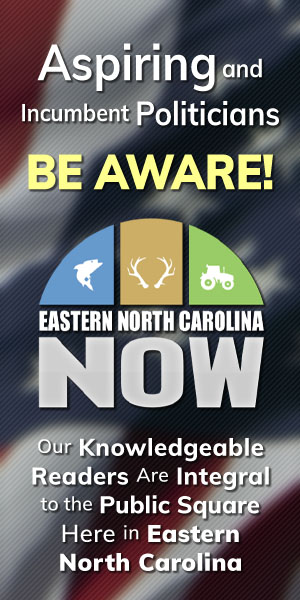Publisher's note: This post, by Brian Balfour, was published in the Budget & Taxes sections of Civitas's online edition.
As the nation's sub-par economic recovery continues, tax revenues to state coffers are not rising as rapidly as in past periods of robust economic growth. Some left-leaning groups in North Carolina have attempted to seize upon this as an opportunity to criticize the state's 2013 tax cuts as a culprit that is somehow starving our state government of revenues needed for vital, core government services.
However, the real culprit underlying this complaint is not recent tax cuts but rather excessive spending in past decades.
One example of the flawed liberal view of state revenues and spending is the July 31 article in the
Charlotte Business Journal by Tazra Mitchell of the NC Budget & Tax Center. To be clear, no amount of money in the hands of state government will ever be sufficient to satisfy groups like the Budget & Tax Center. The article, however, makes some assertions and cherry-picks data to present a very misleading narrative to the reader.
The theme that state government is somehow starved of revenue because the pace of revenue growth has fallen off recently due to the recession and sluggish recovery fails to address the big picture, namely: What did North Carolina's budget growth look like before the economic crash?
A review of the 30-year period from fiscal years 1979 to 2009, for instance, shows that North Carolina's state budget - even after adjusting for inflation - more than tripled in the 30 years preceding the recent recession. Moreover, inflation-adjusted state spending grew at more than three times the pace of population growth during that time.

Moreover, per person, inflation-adjusted state expenditures averaged $1,300 in the 1980s, grew to $1,824 in the 1990s, and ballooned to $2,147 in the first decade of the 2000s.
In other words, state government was spending more than 50 percent more per person in the 2000s compared to the 1980s, even after adjusting for inflation. This is the trend line that liberal progressives think needs to be maintained as the baseline.
How can anyone legitimately claim that such a massive ramp-up in state government spending was merely keeping up with the core services of government? Of course, during these years the budget was packed with unnecessary, often frivolous expansions of the size and scope of government. And this doesn't even take into account the even more rapid rise of federal funds flooding the state during that time.
Progressives warn against any sort of legal restraint on state spending, such as a Taxpayer Bill of Rights, that would limit annual spending growth to growth in inflation and population, claiming it would harm "critical public services."
Please.
As is clear by the long-term trend line of North Carolina's budget, critical public services are a small portion of the state budget. A significant share of the budget is devoted to non-essential programs that were layered on over decades of skyrocketing spending sprees. After all, was life in the 1980s so dreadful in North Carolina?
Progressives also criticize a TABOR on the assumption that such a formula fails to take into account that the costs of certain government services such as education and health care rise faster than general inflation. Setting aside the uncomfortable fact that the costs of services such as these rise faster than general inflation because government provides them, this argument still lacks merit.
For instance, the overall price level - as measured by the Consumer Price Index (CPI) - rose by 165 percent in the 30 years from 1981-2011. By comparison, the cost of state government to the average North Carolina taxpayer grew exponentially faster. Per capita state spending grew by 265 percent in that time span - a pace 100 percentage points higher than the overall cost of living. Surely this can't be explained away by rising teacher salaries or Medicaid reimbursements.
Finally, the main usefulness of spending restraints like TABOR is smoothing out the state budget cycle. By avoiding dramatic spending increases during flush economic times, the state would be far better poised to weather economic downturns. For instance, if North Carolina had implemented a TABOR measure just five years prior to the 2008-09 financial crash, spending growth would have been smoothed out during the boom years and the state budget would have been roughly $3 billion smaller when the recession hit.
There would have been no budget crisis at all, because even the diminished amount of recession-level state revenue would have been sufficient to cover state spending commitments.
Don't be misled by claims that the state government is somehow starved for revenue. The real problem is that long-term spending binges by irresponsible politicians in Raleigh have packed on layers of non-essential, frivolous and wasteful spending commitments.
This article originally appeared in the Charlotte Business Journal
























